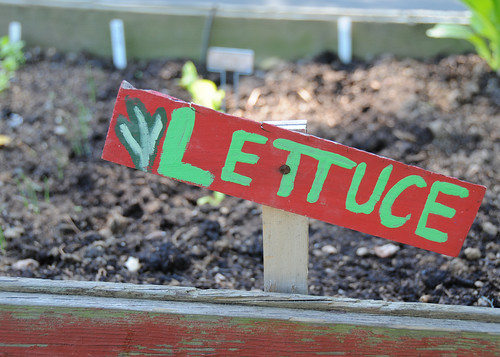
Every month, more than 44 million people use SNAP to get nutritious food. Most of us probably imagine participants buying items like tomatoes, squash, and apples with their benefits. But did you know that SNAP can also help people grow their own food? With SNAP, participants can buy seeds and edible plants. It’s a great way to get fresh produce right at home! All SNAP retailers, including Farmers’ Markets, can sell seeds and plants to SNAP participants.
For every $1 dollar spent on seeds and fertilizer, home gardeners can grow an average of $25 worth of produce. Growing food from seeds and plants makes SNAP benefits last longer, allowing recipients to double the value of their benefits over time. Supplementing SNAP with homegrown food makes it possible for families to buy food products that they wouldn’t normally be able to afford.
Being producers as well as consumers is an empowering experience for SNAP participants. It allows them to feel self-reliant. It’s also another great way to promote nutrition, enabling people to take pride in eating their own homegrown fruits and vegetables.

Participants who have never gardened might be hesitant to take advantage of seed and plant benefits. Here’s how you can help folks get started:
- Start community gardening classes and clubs to help neighbors support each other in creating and caring for a garden.
- Host classes on how to grow small food bearing plants indoors and in small spaces like windowsills if you’re in an urban area.
- Consider donating space to SNAP participants who do not have room for gardening if your organization has open land.
- Encourage families to participate together. Growing food is an activity that can be fun for the whole family.
- Create recipe books that incorporate the foods commonly grown in your community with the help of program participants.
For more information on SNAP benefits visit www.fns.usda.gov/snap


